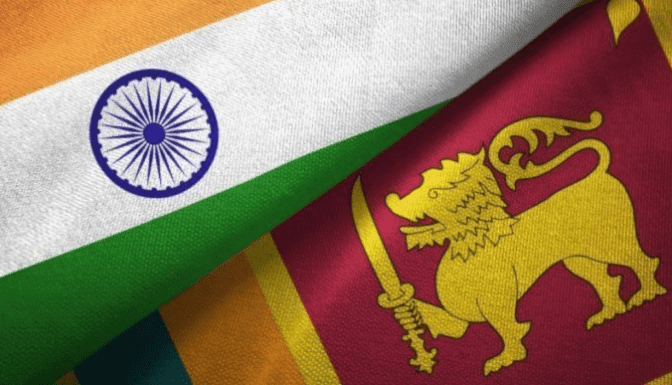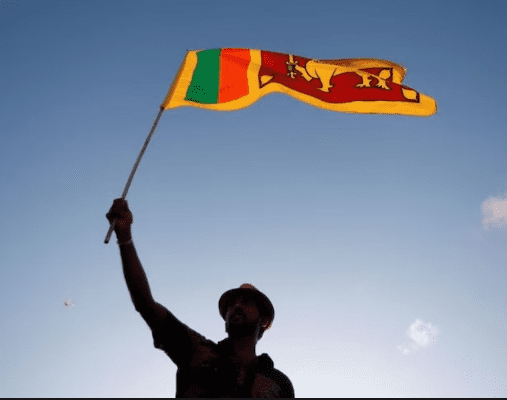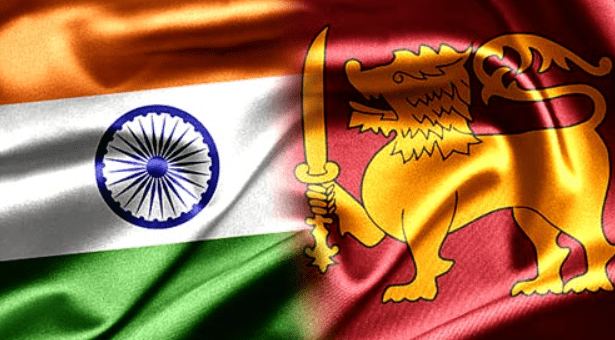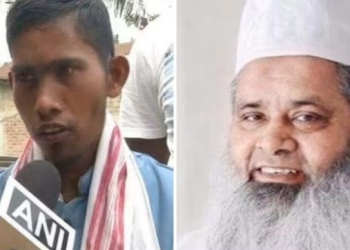India chose to extend the $1 billion credit line for Sri Lanka, which is now experiencing an economic crisis, following extensive negotiations between the two countries. India made the decision to add a year to the credit line, giving the neighbour the much-needed backup money to pay for necessary imports.
The credit line is a component of the $4 billion in emergency aid that India provided to Sri Lanka amid its worst crisis last year; it was set to expire in March. The majority of the money was spent on food and medicine.

All about India’s Assistance!
The credit line has been extended until March 2024, according to Priyantha Rathnayake, the deputy secretary of Sri Lanka’s Treasury. According to the secretary, the credit line still has around $350 million available for use as needed. The official claimed that since last year, there has been less of a need for foreign exchange as a result of increasing market availability.
The biggest financial crisis Sri Lanka has experienced since gaining independence from Britain in 1948 began when its reserves fell to historic lows in April of last year. It had trouble paying for imports of necessities like fuel, cooking gas, and medicine and went into default on its foreign debt.

In the meantime, Sri Lanka received a $3 billion bailout package from the IMF in March and has begun debt restructuring negotiations with its three largest bilateral creditors, India, Japan, and China. The central bank held interest rates constant in April following the IMF bailout. In between, Sri Lanka’s primary inflation rate for April decreased to 35.3% from 50.3% in March, indicating signs of alleviation in the nation.

The Colombo Consumer Price Index showed that food inflation dropped from 47.6% in March to 30.6% in April while non-food inflation rose to 376.6%. Nandalal Weerasinghe, governor of the central bank, predicted that by the end of December, Sri Lanka’s inflation rate would be in the single digits.








